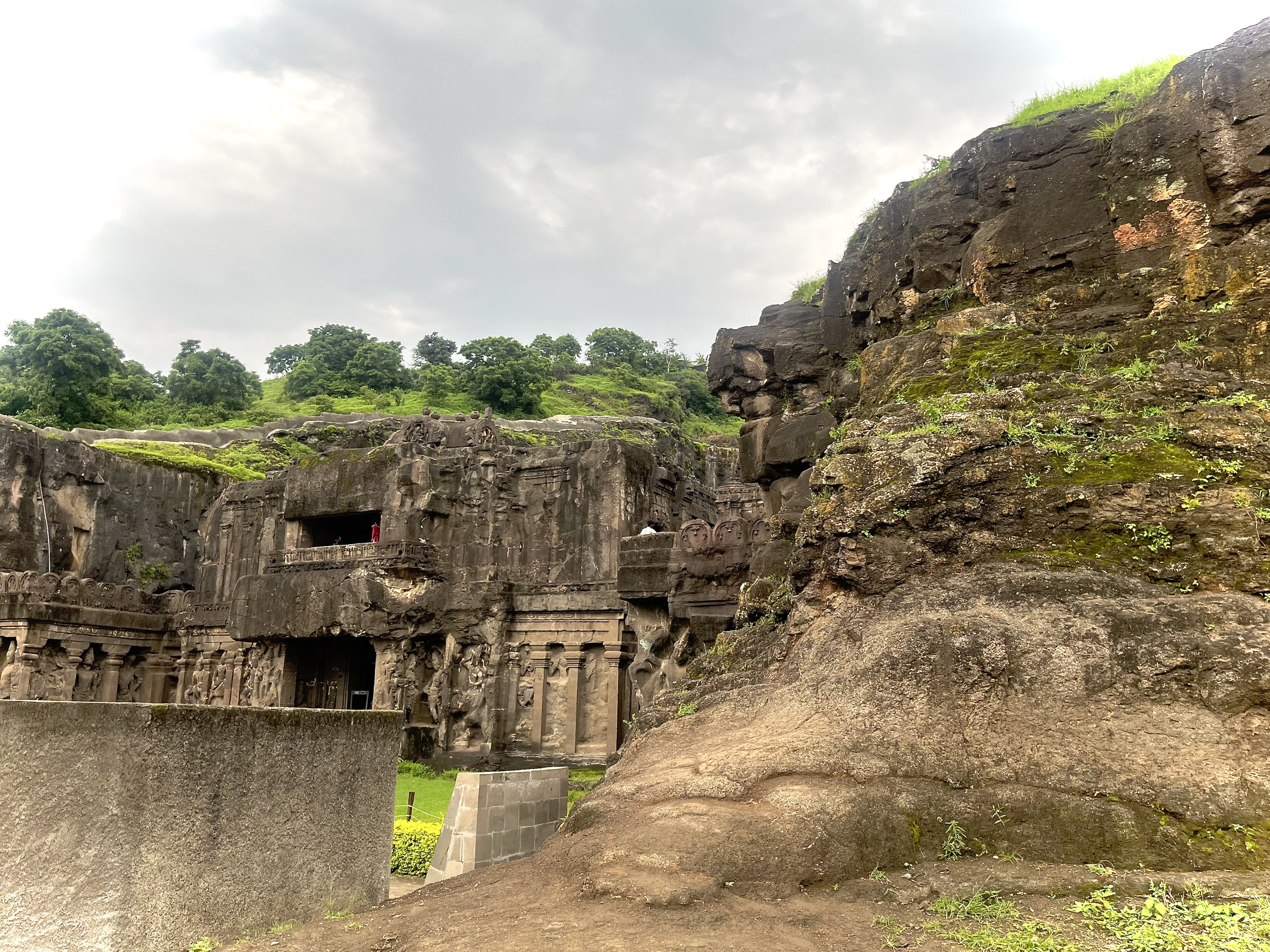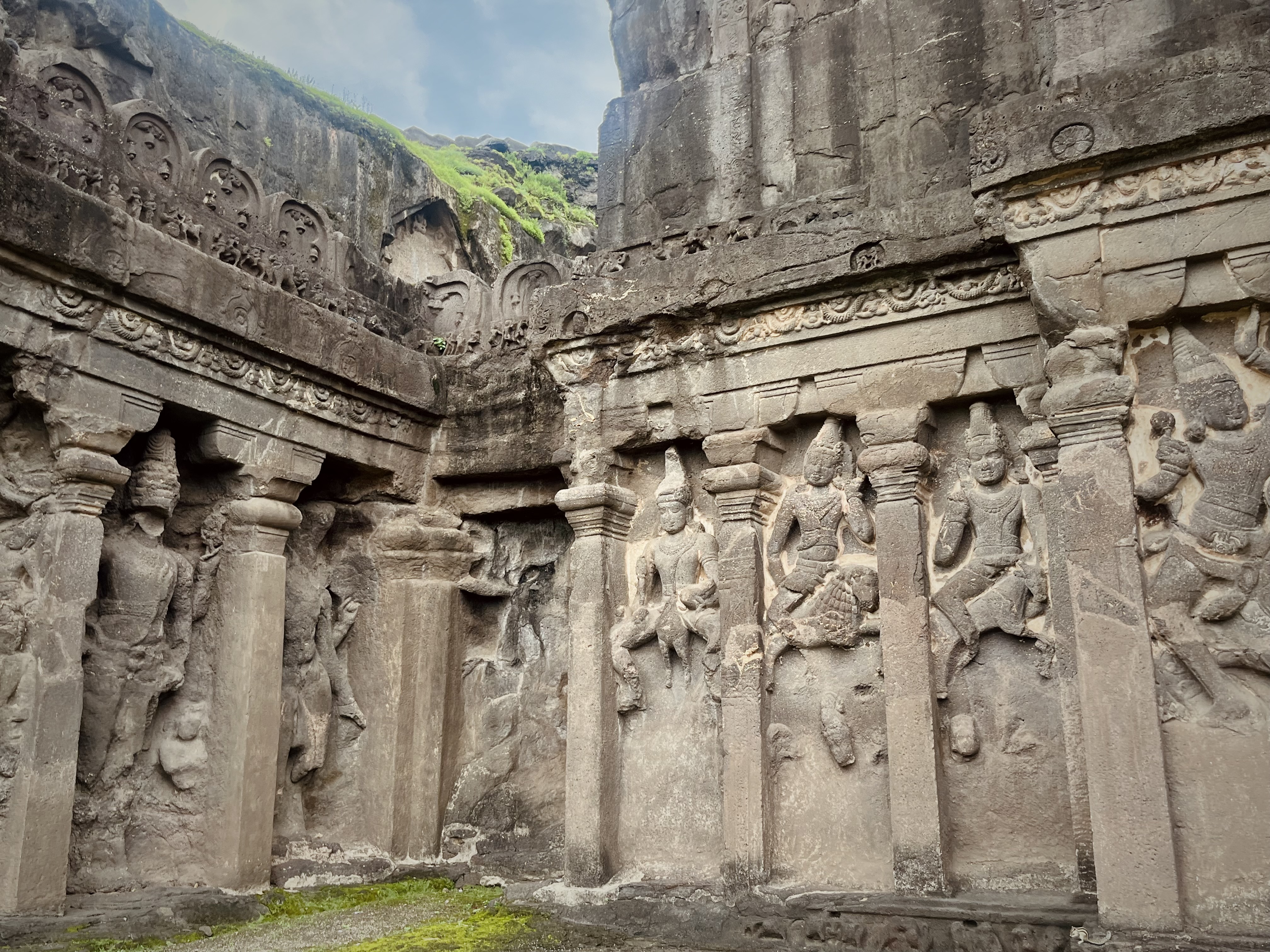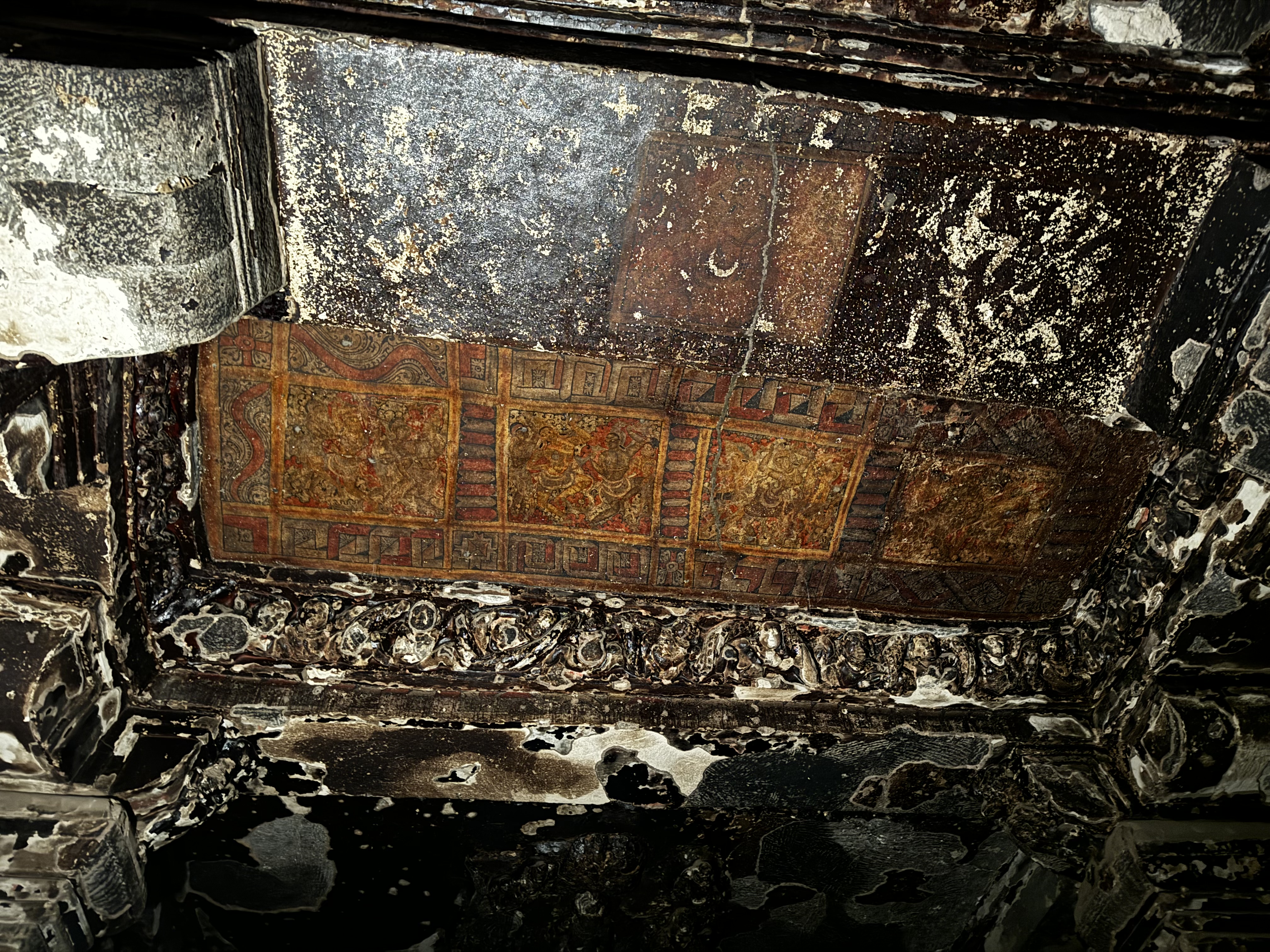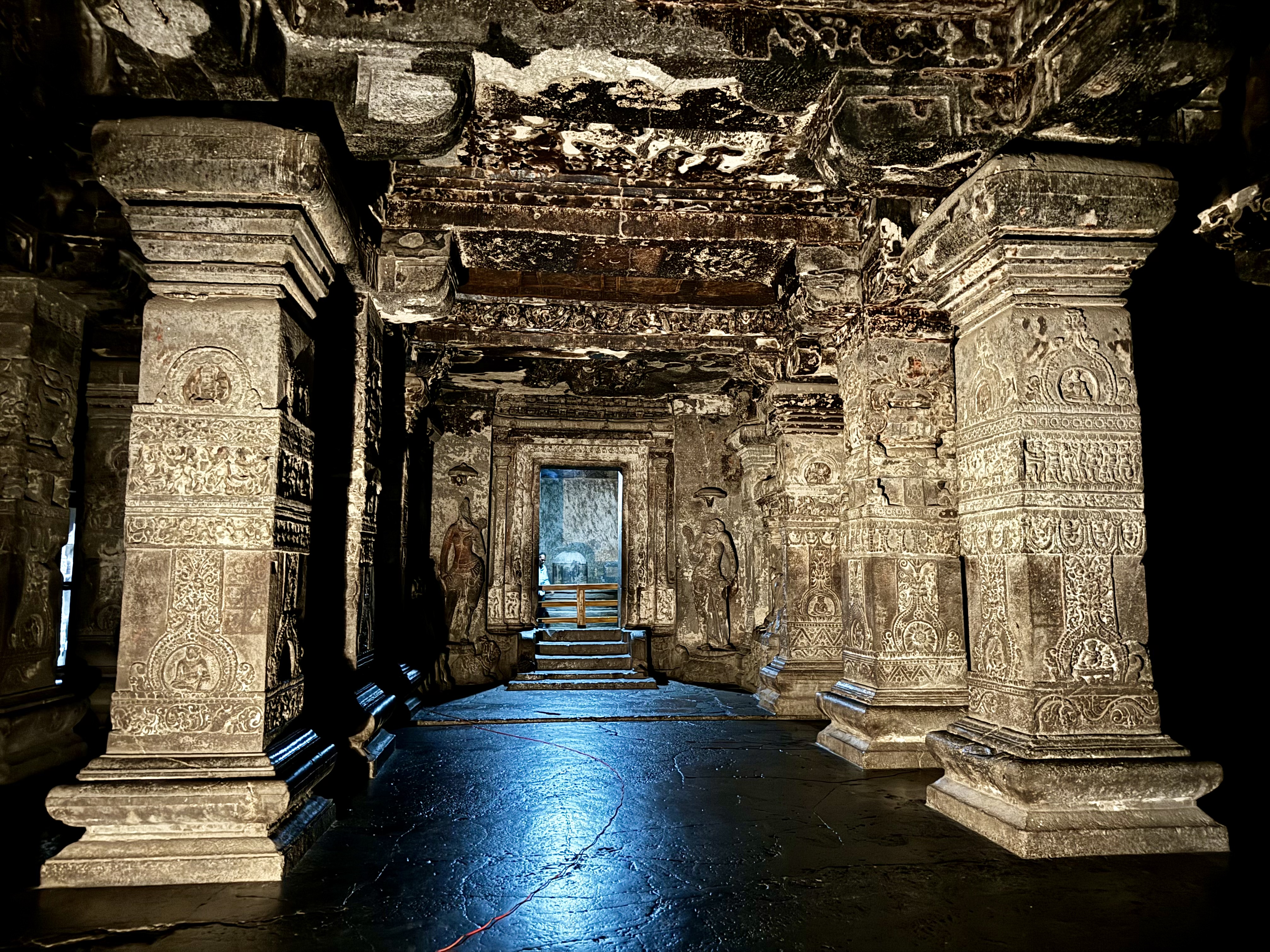The Ajanta and Ellora Caves
Ajanta
Thirty Buddhist rock-cut caves that were carved from the second century BCE to the fifth century CE and were lost to living memory until they were rediscovered in the nineteenth century. It’s not hard to see why–you have to walk a long distance from the nearest road past till you gain a glimpse of the caves nestled in a valley surrounded by waterfalls.
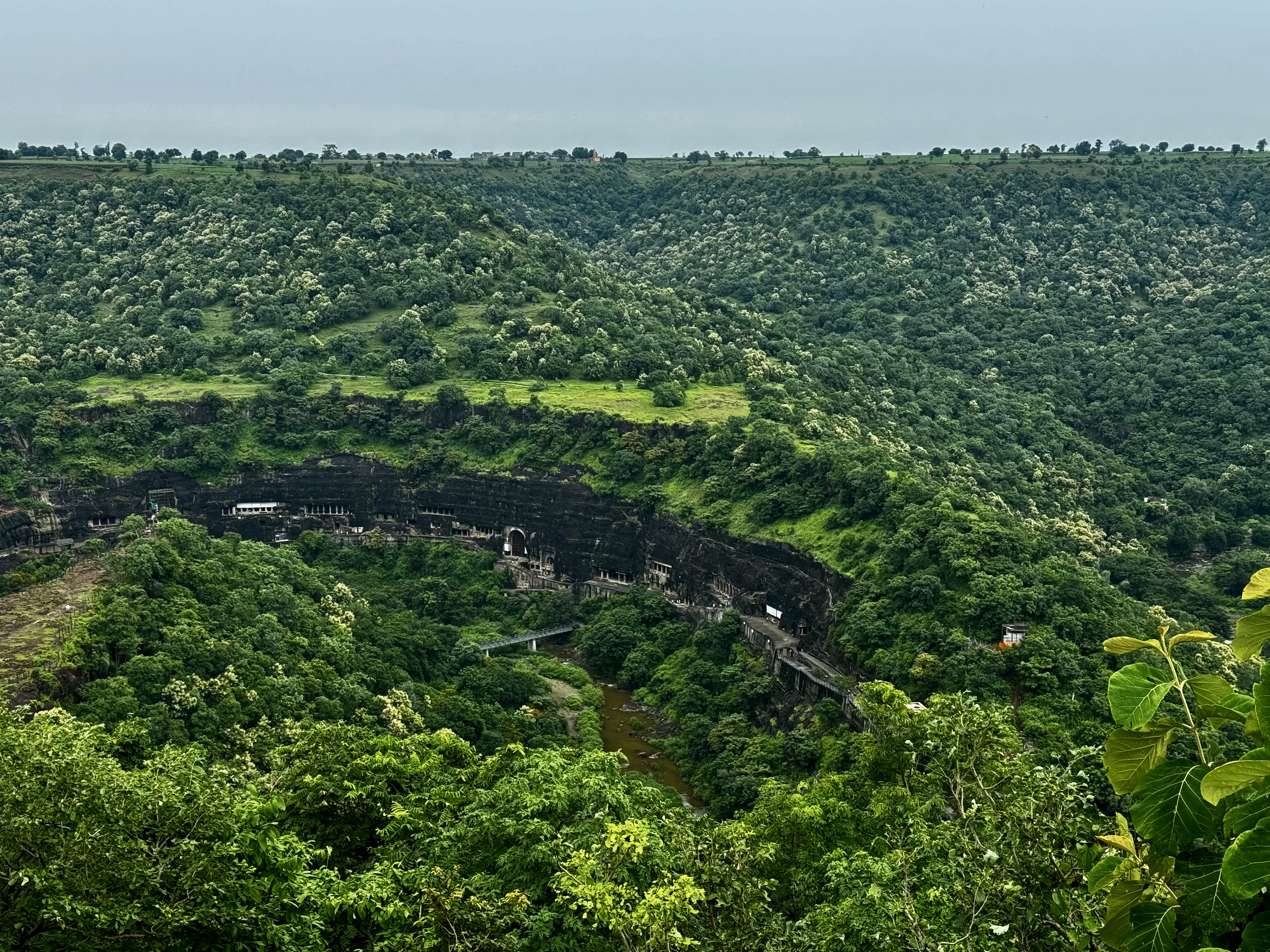
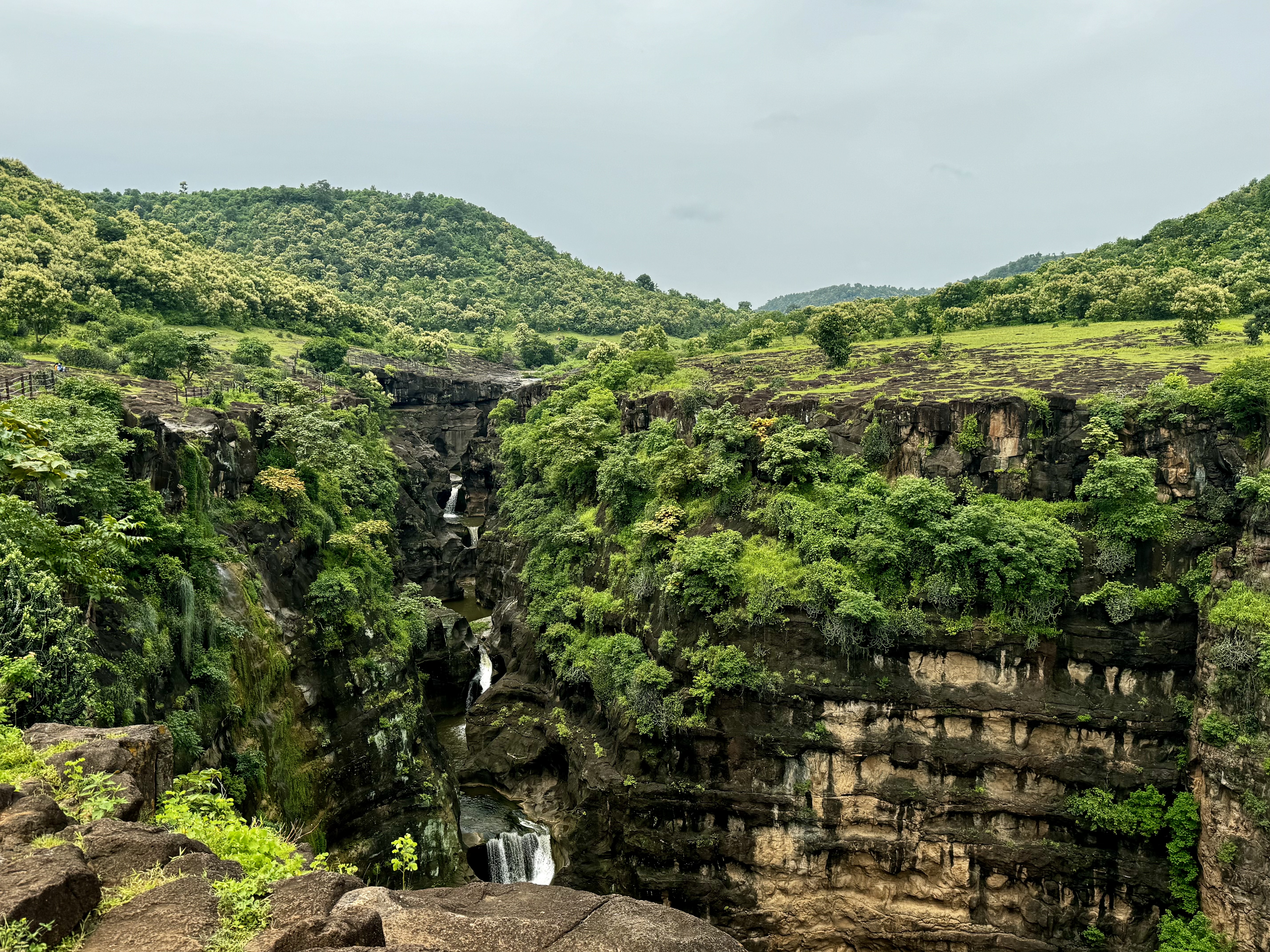
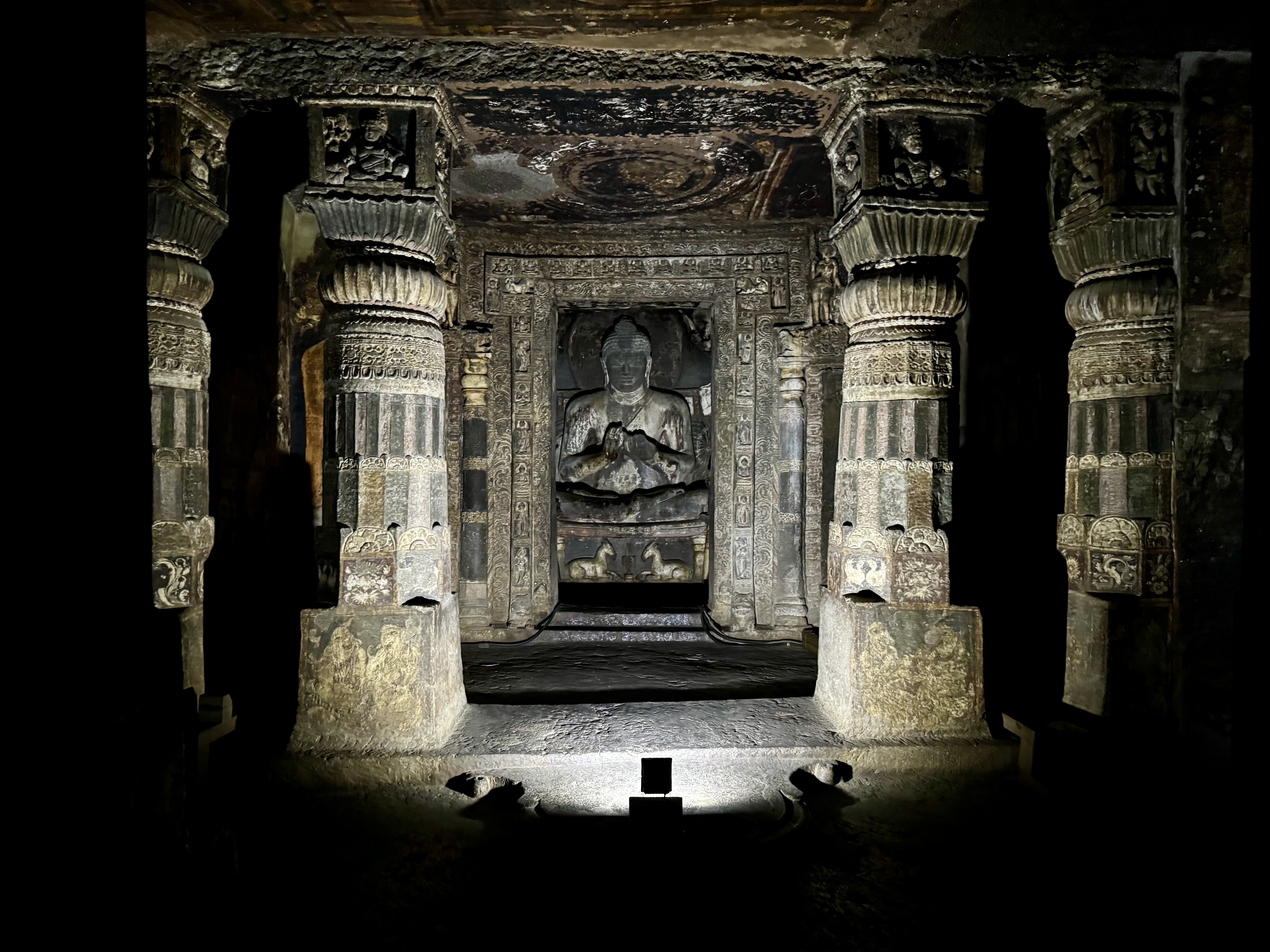
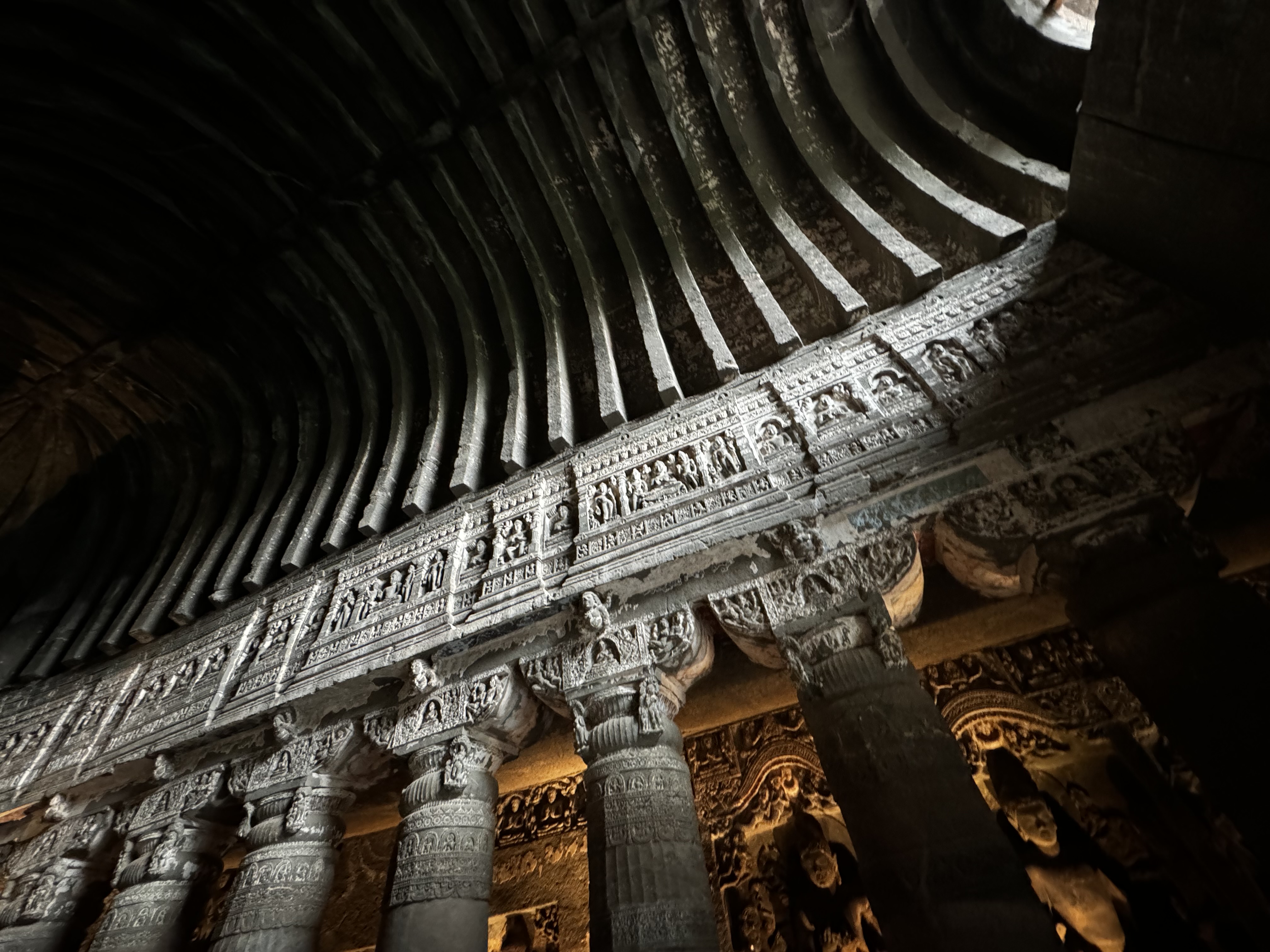
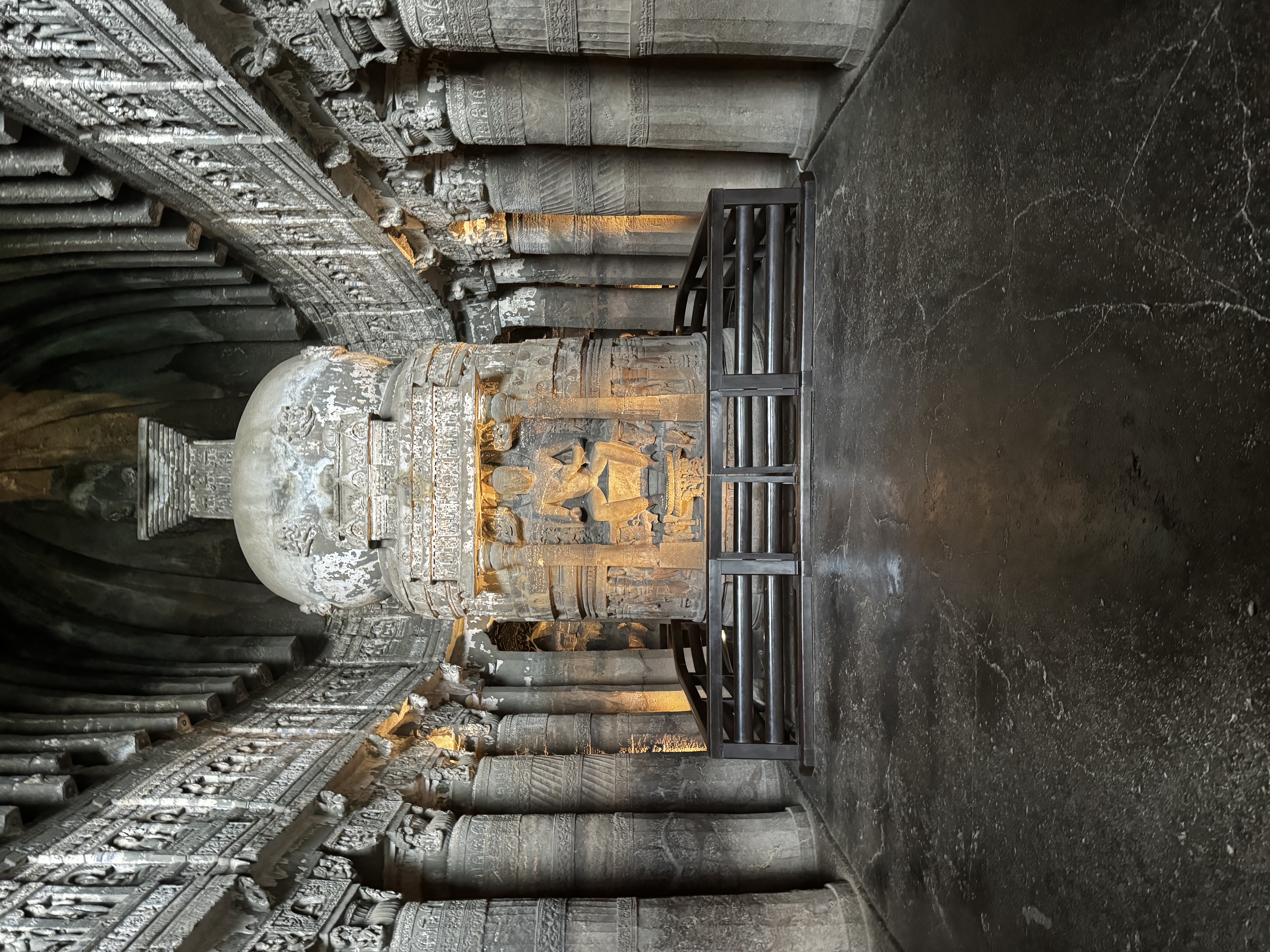
The style of horse in the pillar below is unusual to see in the subcontinent, and characteristic of influence from places as far as central Asia and Europe.
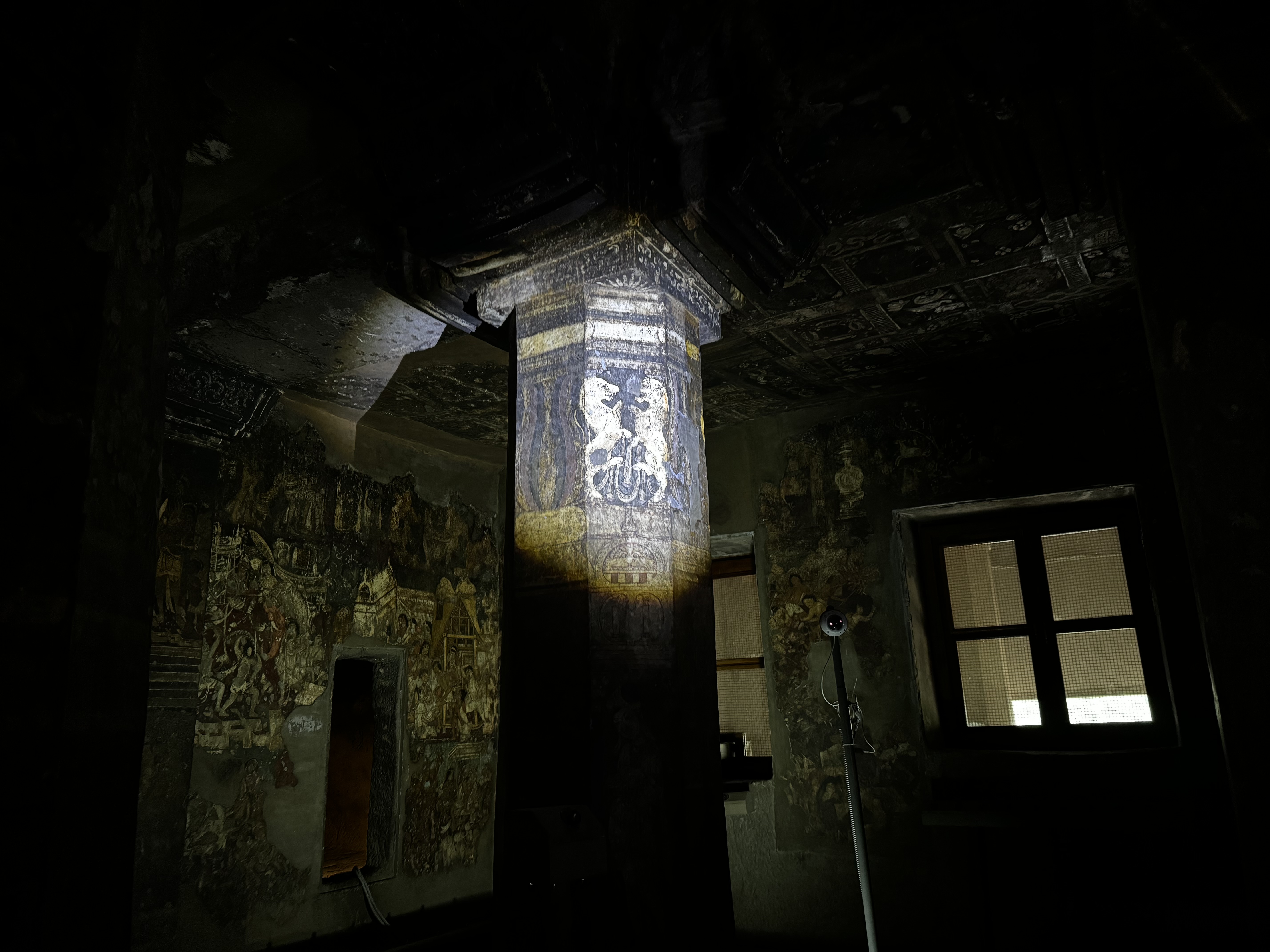
Ellora
A more ‘recent’ rock-cut cave complex, dated to the seventh to eleventh centuries CE, about two hours’ drive from Ajanta. More than a hundred Buddhist, Hindu, and Jain caves are present here.
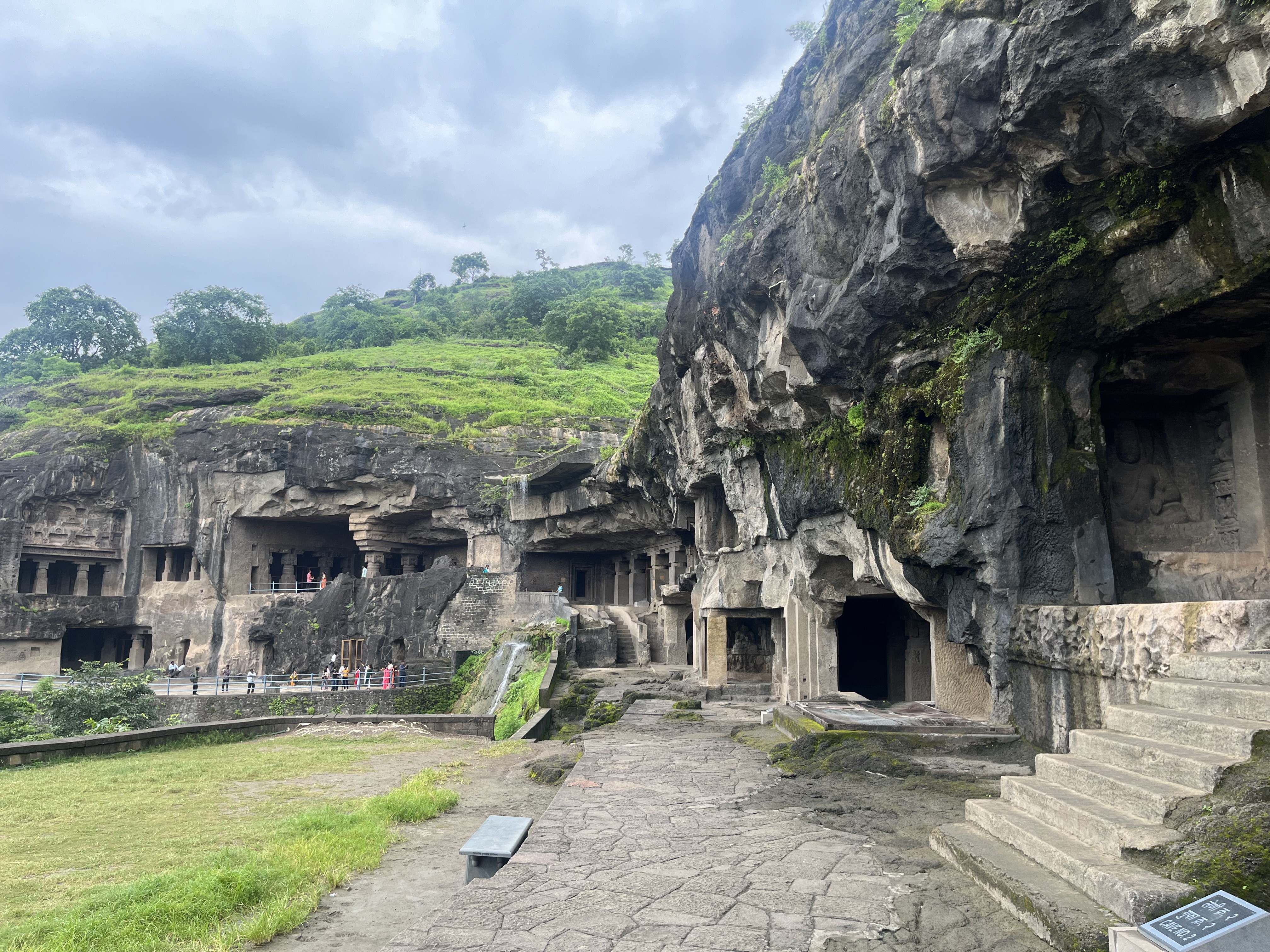
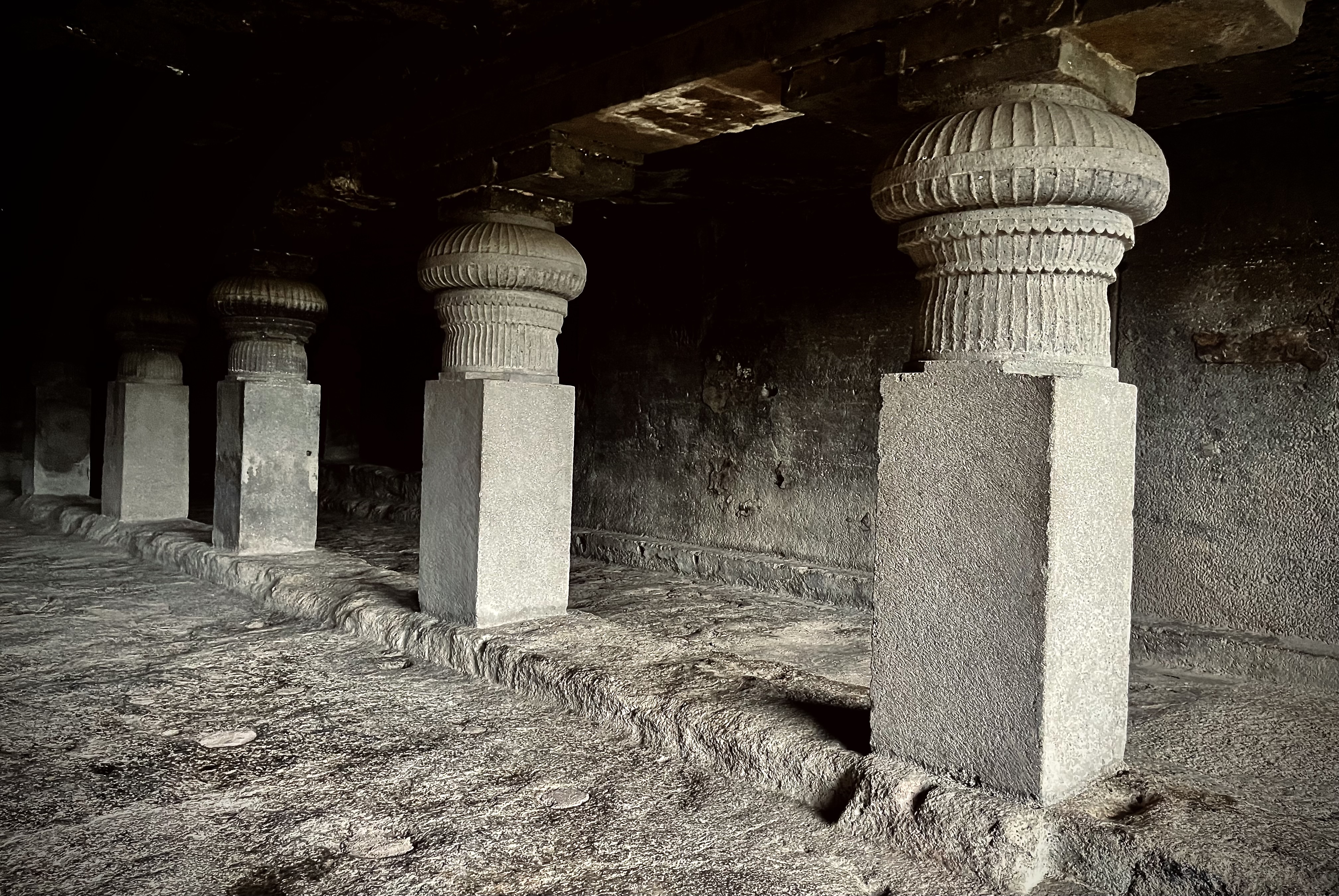
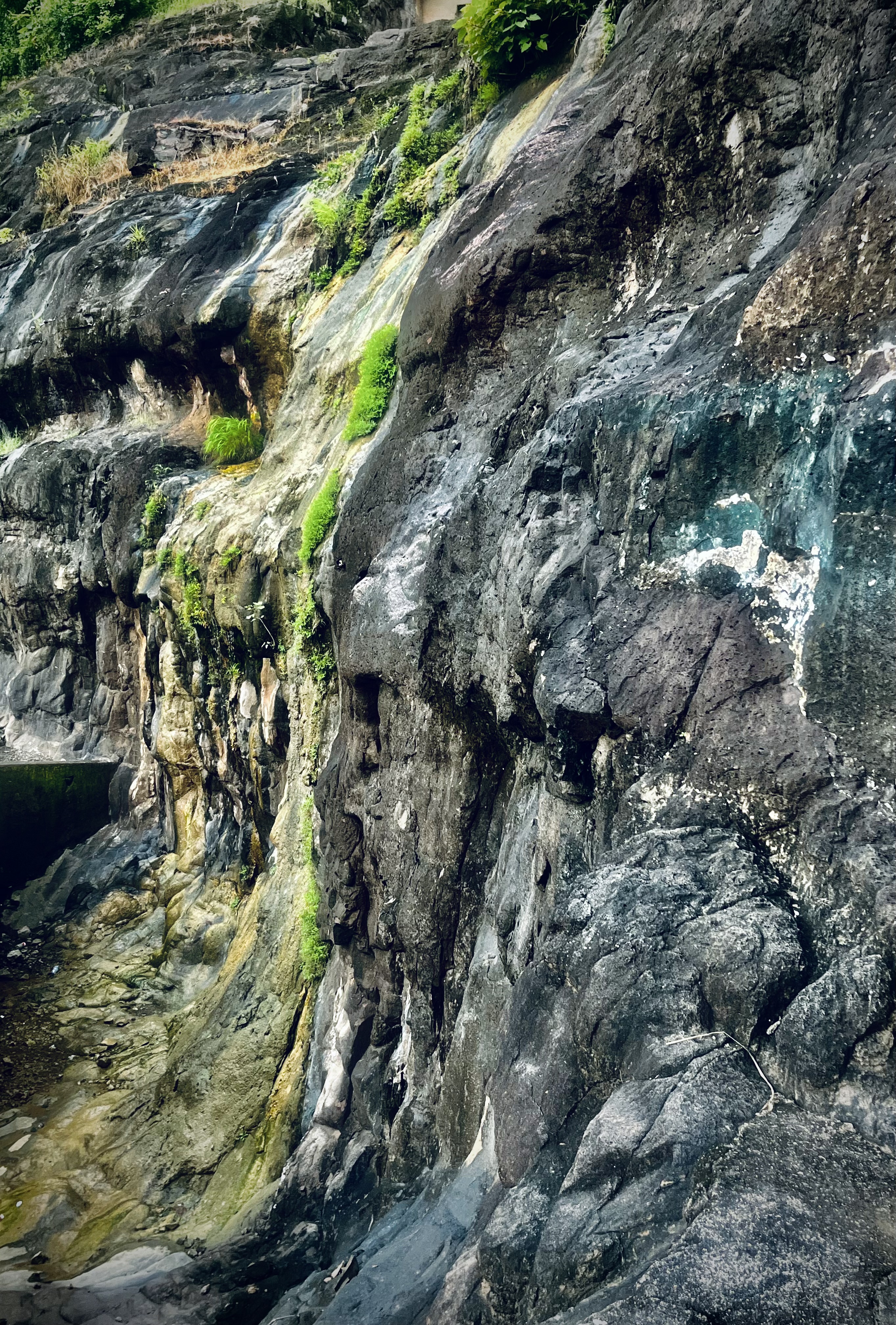
These caves were places inhabited yearlong by monks in addition to being public places of worship. Below is an example of the still-surviving accommodations.
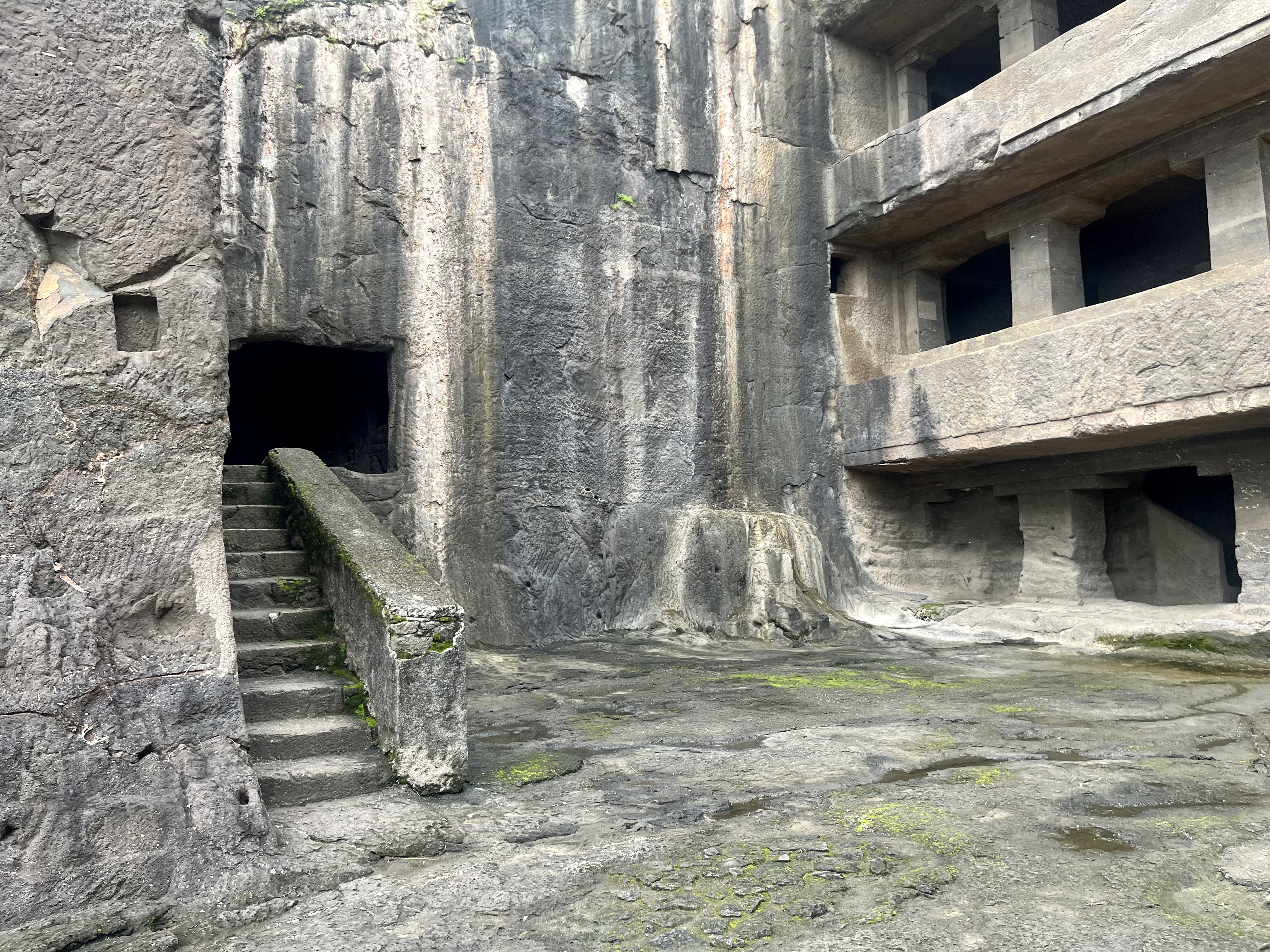
Right next to the Buddhist caves is the Kailashnath Temple, a single stone carved from the top-down into a temple more than a thousand years ago. The attention to detail on the carvings outside–which narrate scenes from Hindu mythology, including summaries of its two most significant epics–are matched by the beauty of the work adorning every surface on the inside.
